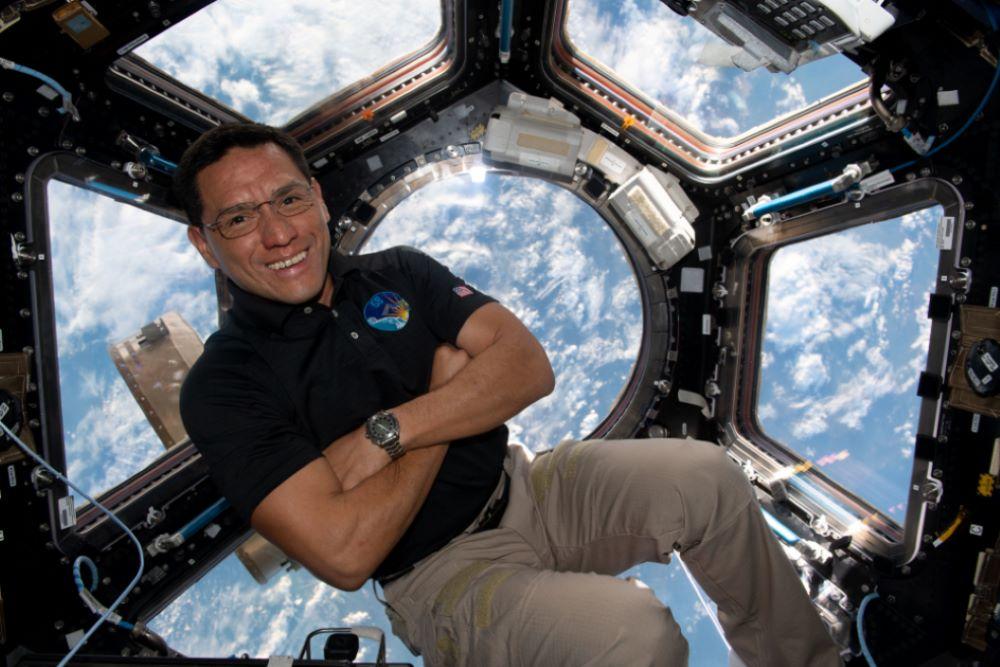
Frank Rubio
Credit: NASA
HOUSTON—NASA’s top administrators paid tribute on Sept. 13 to NASA astronaut Frank Rubio, a U.S. Army lieutenant colonel, pilot and medical doctor currently serving aboard the International Space Station (ISS) who two days earlier broke the 355-day record for the longest spaceflight by an American...
Subscription Required
New U.S. Spaceflight Record Holder Rubio Reflects On Unexpected is published in Aerospace Daily & Defense Report, an Aviation Week Intelligence Network (AWIN) Market Briefing and is included with your AWIN membership.
Already a member of AWIN or subscribe to Aerospace Daily & Defense Report through your company? Login with your existing email and password.
Not a member? Learn how you can access the market intelligence and data you need to stay abreast of what's happening in the aerospace and defense community.




